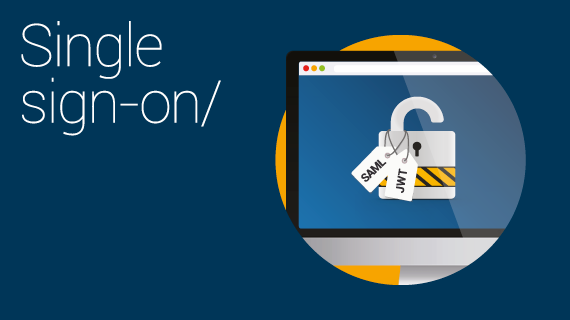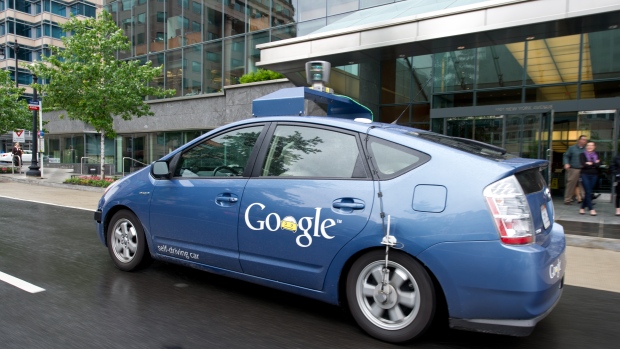The universe is pretty complex and so is the path ahead. But there are always signs around us signalling what could be a good step forward. Well, if you are a diversified business operating multiple websites and web applications to engage with your customers, there’s an important sign you should not miss.
Google has announced it will decouple its Google+ social network from its Play Games app in a bid to “reduce sign-in friction and unnecessary permission requests for players by moving the Games APIs to a new model.” Which means, as part of the new interaction model, “Once players have signed-in for the first time, they will no longer need to sign in to any future games; they will be automatically signed in.” The search giant had earlier delinked Google+ from its flagship YouTube video streaming service.

So, what does that mean for you? What is the sign businesses should look for in this step that Google has taken? Well, for one Google is a giant in the tech industry and if it is doing something, there must be a lot of weight behind it. Go through its statement once again. Even a widely used service like Google has taken the drastic step to delink its own social network to reduce sign-in friction. The new model allows players to just sign in once and not every time they play a new game. If your business has multiple websites and web applications, shouldn’t you be doing something similar to remove sign-in friction and provide your customers with a seamless experience.
Often having multiple websites means multiple separate login and authentication processes but that is grossly annoying for customers. You are forcing your customers to create multiple usernames and passwords and then on top remember them for like forever. If that wasn’t enough, they have to use them to sign in and access your services. If Google is thinking so seriously about user-friction, shouldn’t you? This is why it’s probably a great idea to Web single sign-on solutions on your network. With Web SSO, your customers don’t have to login each time they access a different website of yours but just have to do it once per session. And that would be enough for them to gain access to all the resources they are entitled to across your network without ever needing any user interaction. Sure, Web Single Sign-On has been around for a long period of time but its true purpose and benefits are only being realized now. Businesses have to provide their customers with a richer experience and hurdles like a sign in process won’t help their case. The best solution is to implement authentication without ever letting your customers feel the pinch. That’s how web single login works. Just think about it. This is probably the sign you should opt for Single Sign-On.










Comments